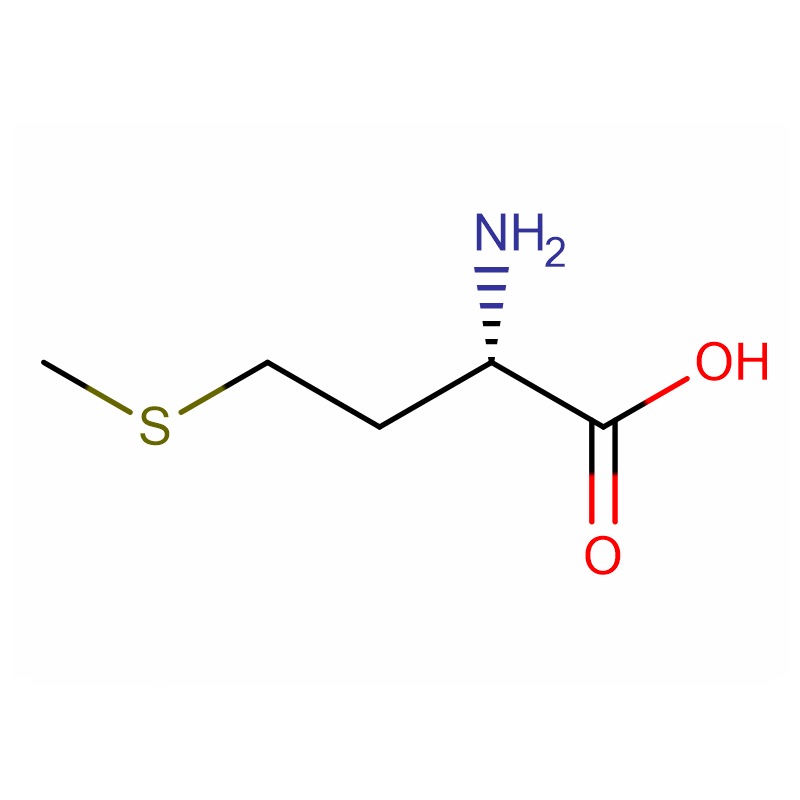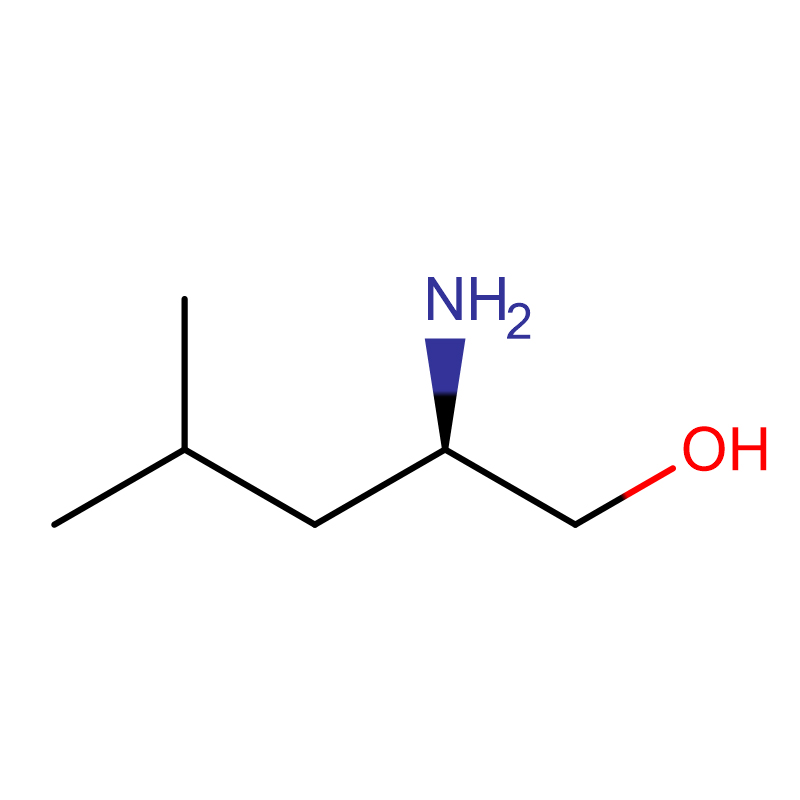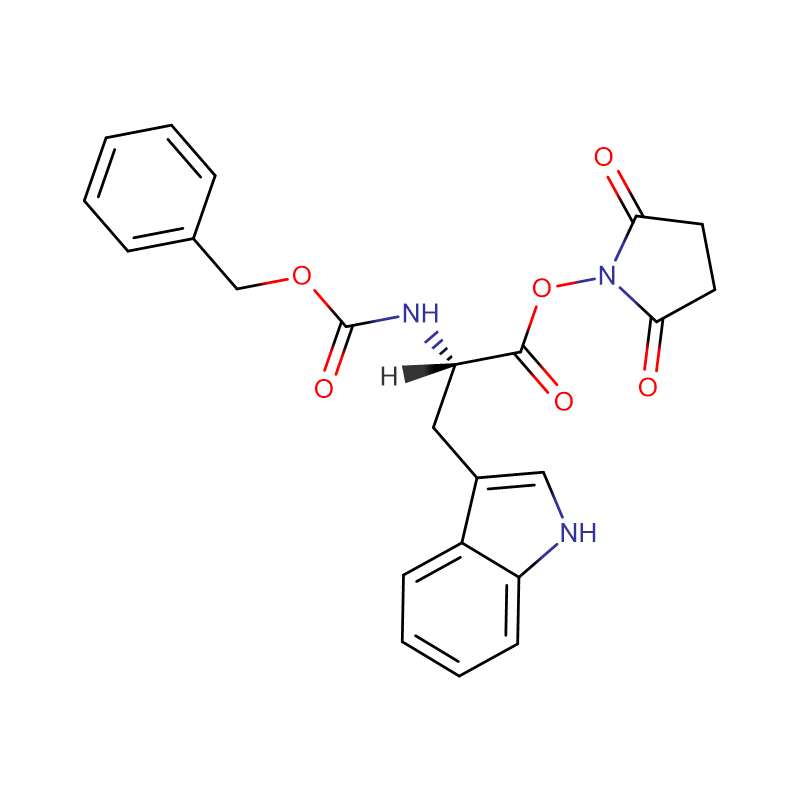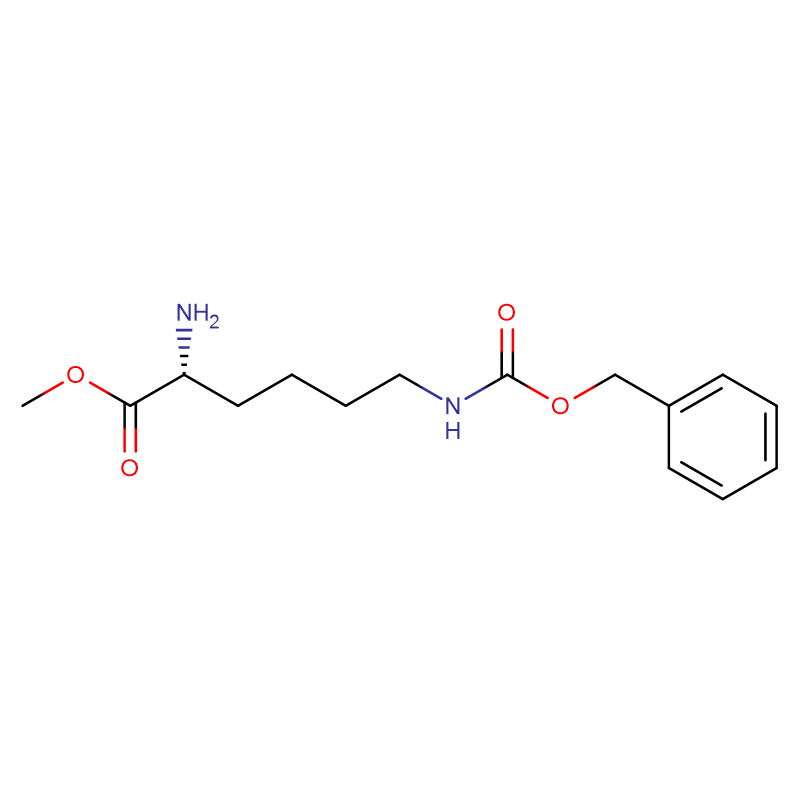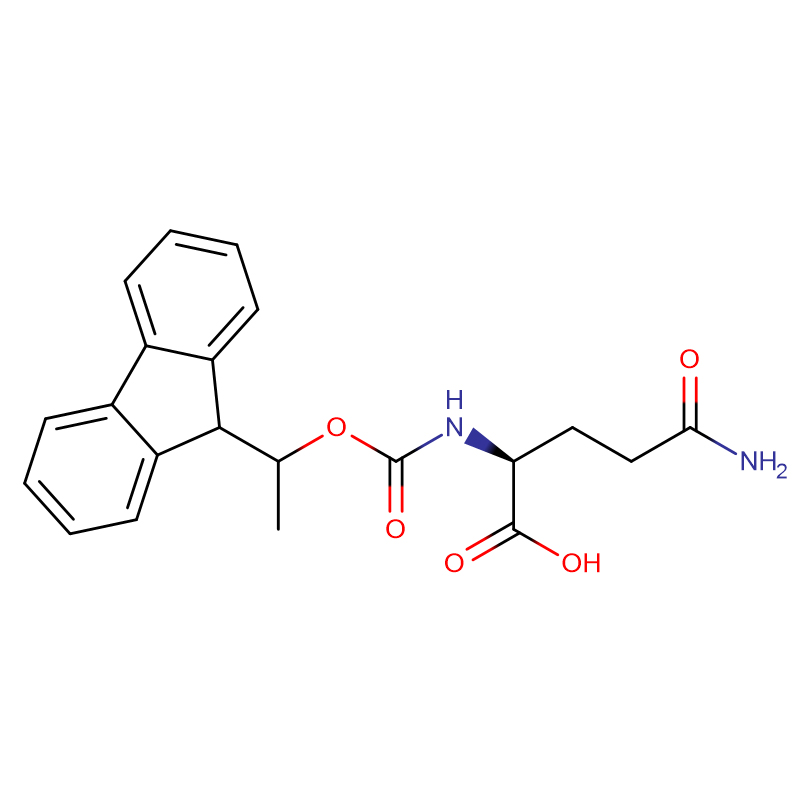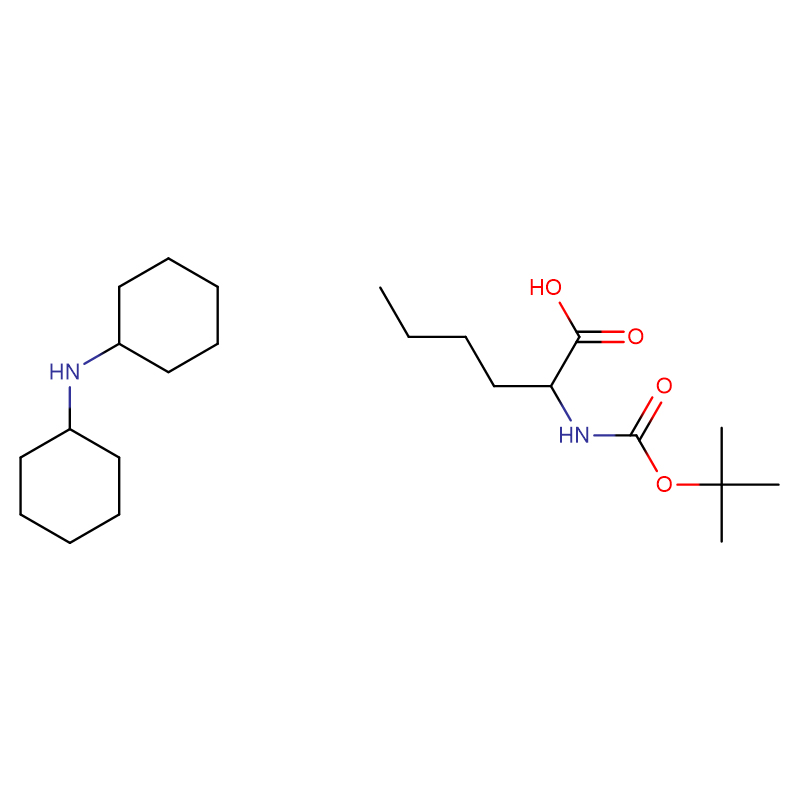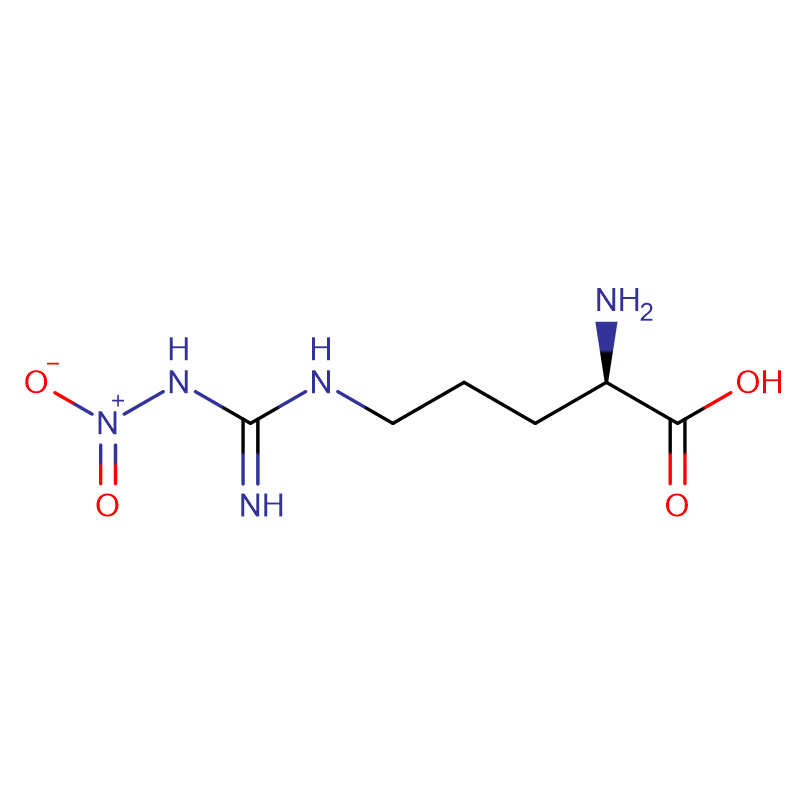DL-Methionine Cas: 59-51-8 99-101% White to off-white crystal powder
| Catalog Number | XD90288 |
| Product Name | DL-Methionine |
|
CAS |
63-68-3 |
|
Molecular Formula |
C5H11NO2S |
|
Molecular Weight |
149.21134 |
| Storage Details | Ambient |
|
Harmonized Tariff Code |
29304090 |
Product Specification
| Assay | 99 - 101% |
| Appearance | White to off-white crystal |
| Grade | EP7.0 |
| pH | 5.4 - 6.1 |
| SO4 | 200ppm max |
| Pb | 20ppm max |
| Loss on Drying | 0.5% max |
| Sulfated ash | 0.1% max |
| Cl | 200ppm max |
| Related Substance | 0.2% max |
| Identity | IR |
Cellulose is the most abundant renewable polymer on Earth and a major component of the plant cell wall. In vascular plants, cellulose synthesis is catalyzed by a large, plasma membrane-localized cellulose synthase complex (CSC), visualized as a hexameric rosette structure. Three unique cellulose synthase (CESA) isoforms are required for CSC assembly and function. However, elucidation of either the number or stoichiometry of CESAs within the CSC has remained elusive. In this study, we show a 1:1:1 stoichiometry between the three Arabidopsis thaliana secondary cell wall isozymes: CESA4, CESA7, and CESA8. This ratio was determined utilizing a simple but elegant method of quantitative immunoblotting using isoform-specific antibodies and (35)S-labeled protein standards for each CESA. Additionally, the observed equimolar stoichiometry was found to be fixed along the axis of the stem, which represents a developmental gradient. Our results complement recent spectroscopic analyses pointing towa rd an 18-chain cellulose microfibril. Taken together, we propose that the CSC is composed of a hexamer of catalytically active CESA trimers, with each CESA in equimolar amounts. This finding is a crucial advance in understanding how CESAs integrate to form higher order complexes, which is a key determinate of cellulose microfibril and cell wall properties.


